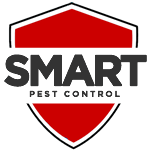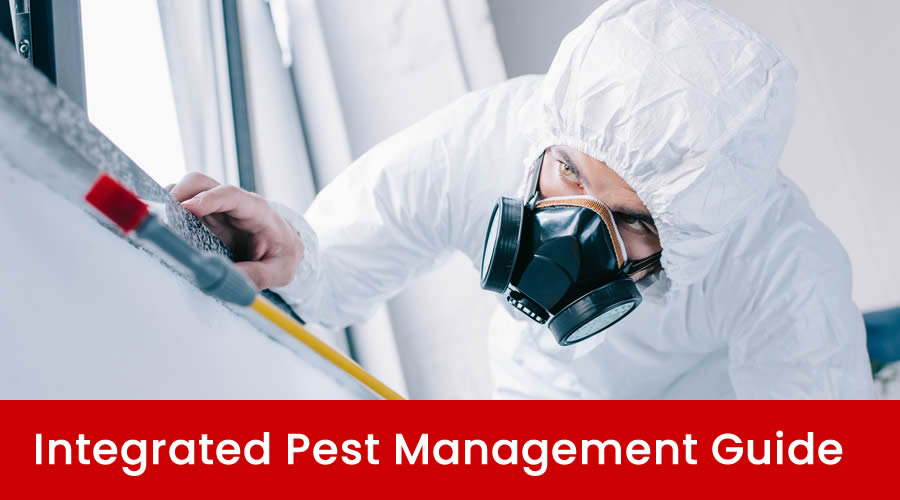Integrated Pest Management Guide
What is Integrated Pest Management?
IPM combines different methods to control pest populations. The EPA defines IPM as an approach that uses information about pest life cycles and their interaction with the environment.
Traditional pest control uses only chemical sprays. IPM uses multiple strategies together.
How Does IPM Program Work
IPM programs follow four basic steps:
- Prevention comes first. Seal cracks in walls. Remove food sources. Fix water leaks.
- Monitoring tracks pest activity. Check for signs of infestation weekly. Record what you find.
- Identification determines the exact species. Different pests need different treatments.
- Control uses the least harmful method first. Physical traps work before chemicals.
IPM Methods
Physical control block pests from entering. Door sweeps stop insects. Screens keep flies out. Traps catch rodents.
Biological control uses natural enemies. Ladybugs and birds eat aphids. Certain bacteria kill mosquito larvae.
Chemical control works as a last option. Target-specific insecticides harm fewer beneficial insects.
Why Use IPM Guidelines?
- Pest resistance develops when the same chemicals are used repeatedly.
- Environmental protection reduces chemical runoff. Spraying of pesticides contaminate 60% of groundwater in agricultural areas.
- Cost savings result from fewer treatments. IPM reduces pest control costs by 20-50%.
- Health benefits come from less chemical exposure. The National Institute of Health links pesticide exposure to respiratory problems in children.
IPM Practices for Homeowners
Step 1: Find where insect pests enter your home. Check around doors, windows, and pipes.
Step 2: Remove what attracts them. Store food in sealed containers.
Step 3: Use physical barriers first. Install door sweeps. Seal cracks with caulk.
Step 4: Monitor activity daily. Look for droppings, damage, or live bugs.
Step 5: Apply targeted treatments only when needed. Use baits for ants. Set traps for mice.
Common IPM Applications
- Kitchen pests like ants respond to cleaning and sealing food. Remove crumbs daily. Store sugar and flour in tight containers.
- Garden pests can be managed with companion planting. Marigolds repel many insects. Row covers protect vegetables.
- Structural pests like termites need moisture control. Improve ventilation in crawl spaces.
When to Use Pesticides
Use biological pesticides only after other methods fail. Choose products specific to your pest. Read all label directions before applying.
Apply insecticides during calm weather. Wind spreads chemicals to unintended areas. Store unused pesticides in original containers.
Integrated Pest Management Benefits
- Ecosystem protection preserves beneficial insects. Bees pollinate crops worth $14 billion annually according to DAFF data.
- Long-term solutions address root causes. Removing moisture prevents future mold and pest problems.
- Reduced chemical dependency protects groundwater.
- Better pest control results from understanding pest behavior. Timing treatments with life cycles increases effectiveness.
Conclusion
Integrated Pest Management Strategies combine prevention, monitoring, and targeted treatments. This approach reduces pesticide use while maintaining effective pest control. Success requires understanding pest biology and using multiple control methods together.


